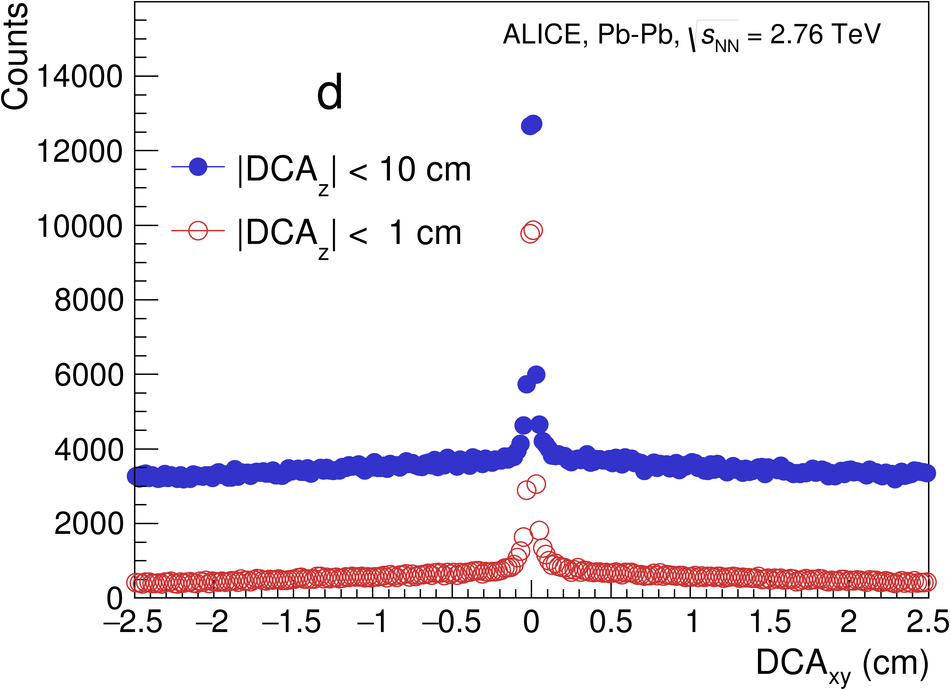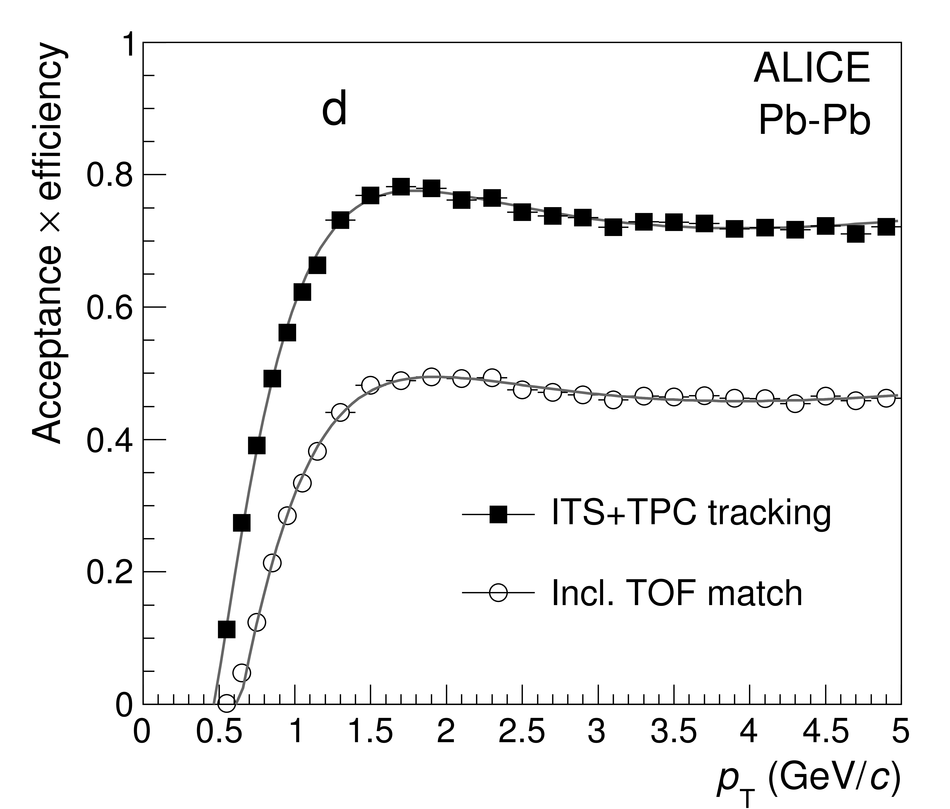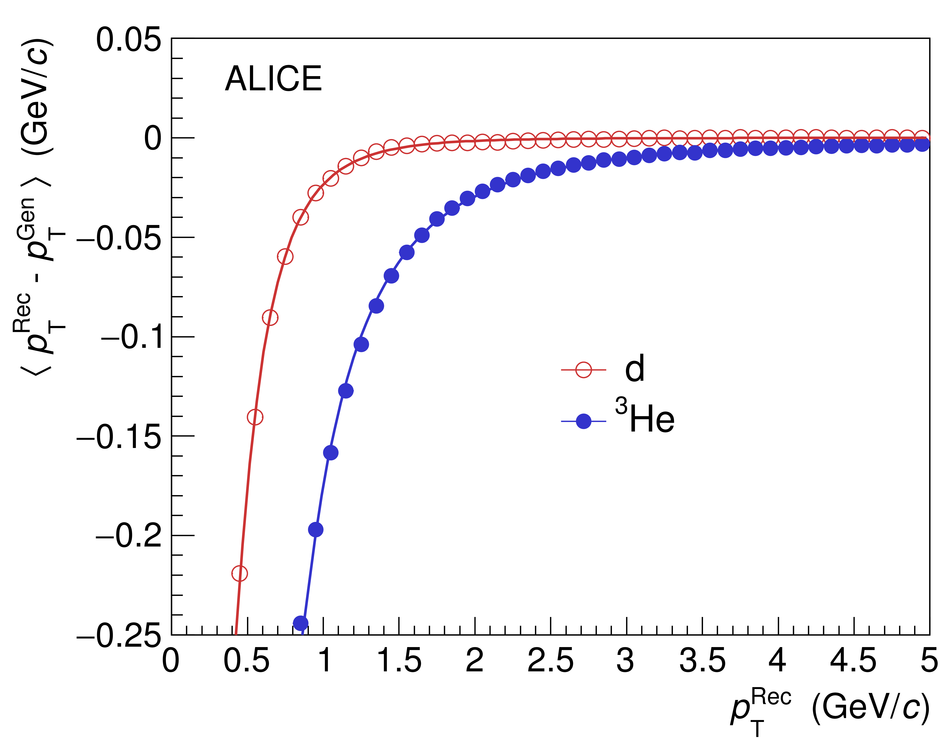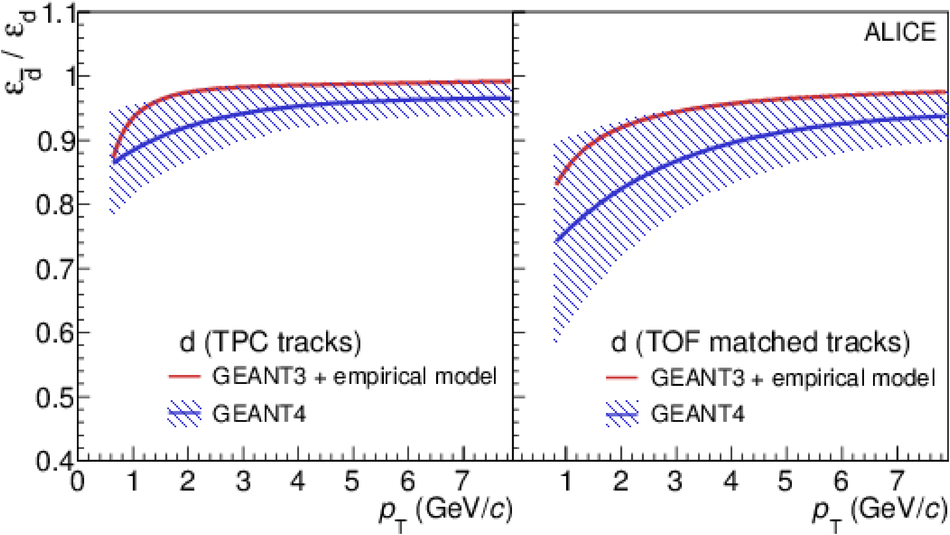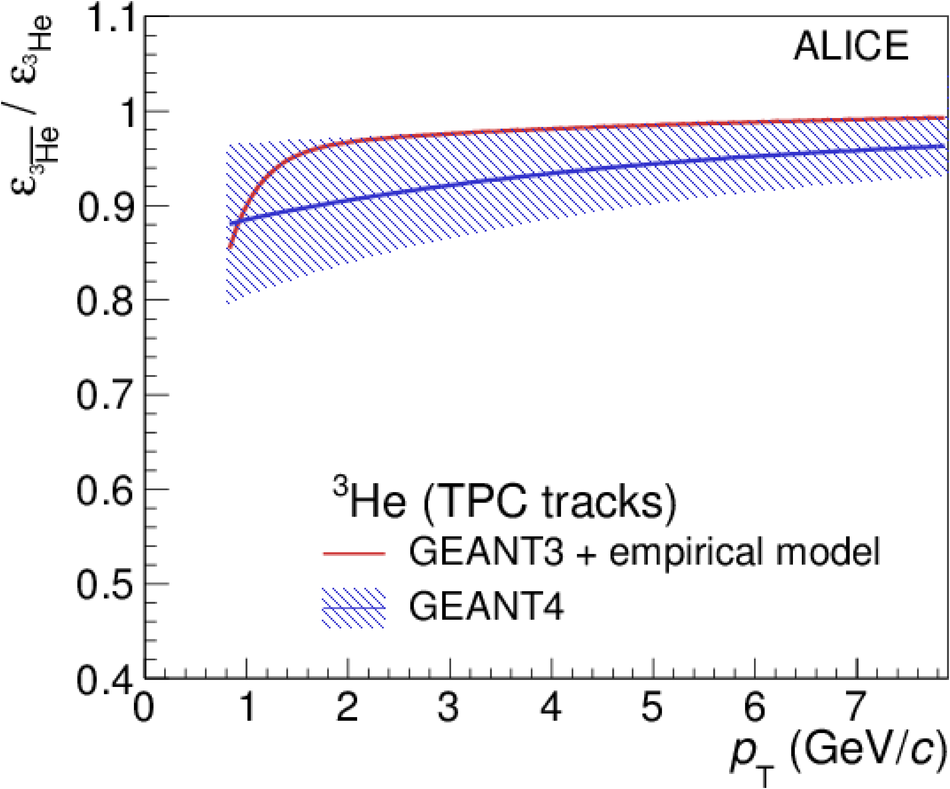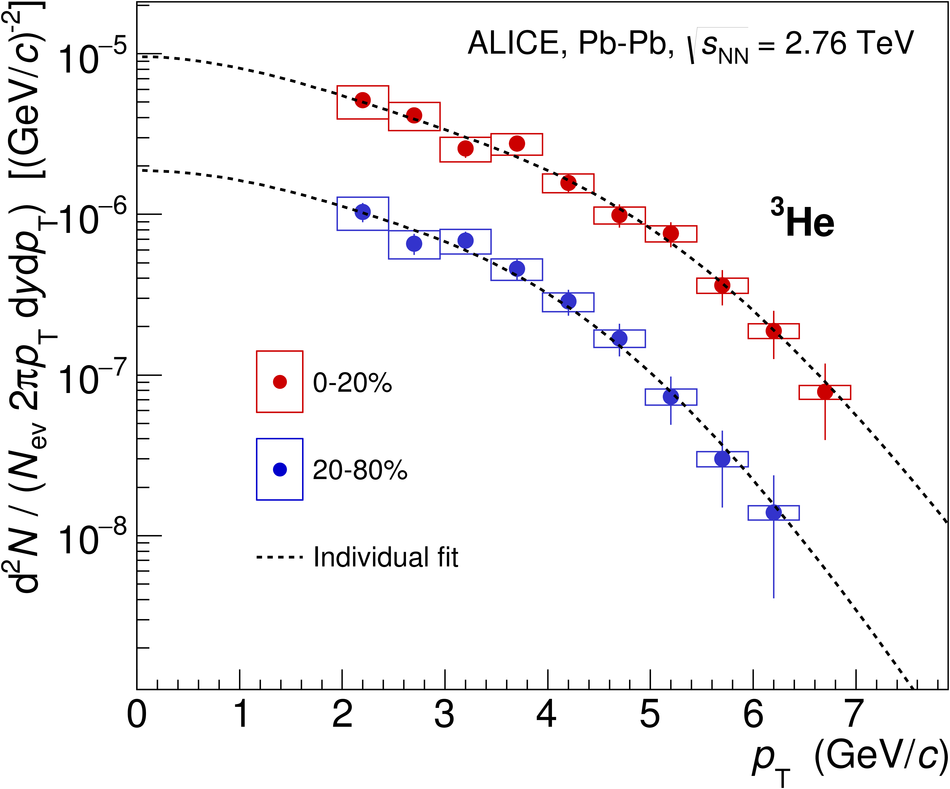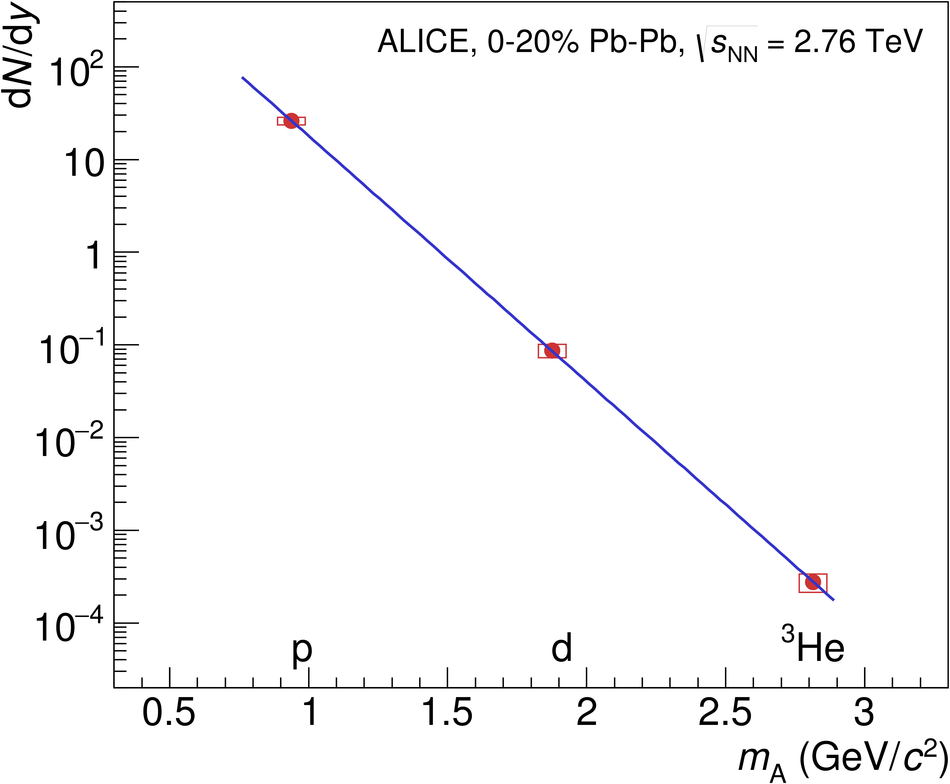The production of (anti-)deuteron and (anti-)$^{3}$He nuclei in Pb-Pb collisions at $\sqrt{s_{\rm NN}}$ = 2.76 TeV has been studied using the ALICE detector at the LHC. The spectra exhibit a significant hardening with increasing centrality. Combined blast-wave fits of several particles support the interpretation that this behavior is caused by an increase of radial flow. The integrated particle yields are discussed in the context of coalescence and thermal-statistical model expectations. The particle ratios, $^3$He/d and $^3$He/p, in Pb-Pb collisions are found to be in agreement with a common chemical freeze-out temperature of $T_{\rm chem} \approx 156$ MeV. These ratios do not vary with centrality which is in agreement with the thermal-statistical model. In a coalescence approach, it excludes models in which nucleus production is proportional to the particle multiplicity and favors those in which it is proportional to the particle density instead. In addition, the observation of 31 anti-tritons in Pb-Pb collisions is reported. For comparison, the deuteron spectrum in pp collisions at $\sqrt{s} = 7$ TeV is also presented. While the p/$\pi$ ratio is similar in pp and Pb-Pb collisions, the d/p ratio in pp collisions is found to be lower by a factor of 2.2 than in Pb-Pb collisions.
Phys. Rev. C 93 (2015) 024917
HEP Data
e-Print: arXiv:1506.08951 | PDF | inSPIRE
CERN-PH-EP-2015-025




